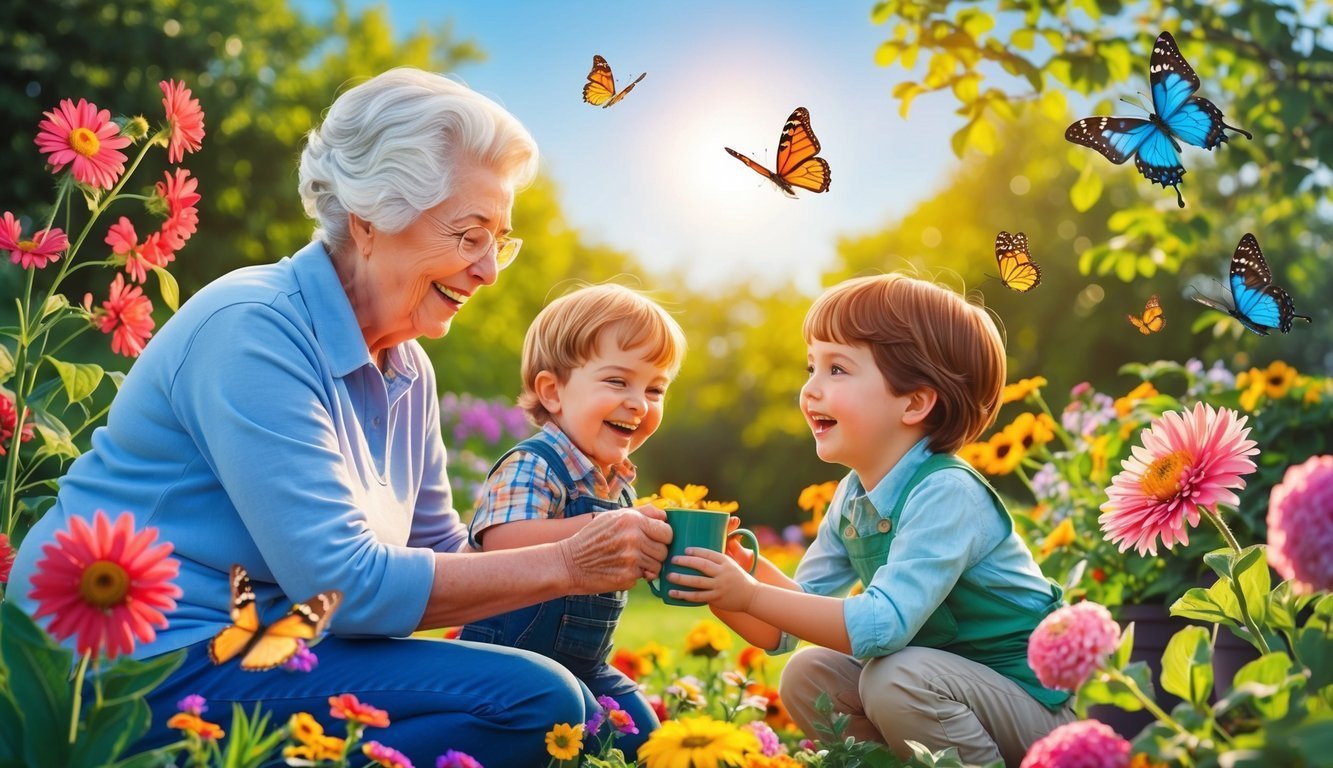Understanding the Grandmother Effect
For decades, a fascinating hypothesis has emerged in the field of anthropology: the remarkable longevity of humans beyond their childbearing years may hinge on the invaluable contributions of grandmothers.
This phenomenon, widely known as the “grandmother effect,” highlights the vital role these relatives played in the lives of early humans, especially within hunter-gatherer communities.
Grandmothers did not merely provide food; they also nurtured and supported the next generation, significantly impacting their survival chances.
By stepping in to assist their daughters with parenting, grandmothers create a nurturing environment that enables these mothers to raise more children.
This essential support not only aids mothers in expanding their families but also nurtures the development of children during the critical early years of life.
Recent studies have bolstered this argument, showing that grandmothers are key to enhancing the survival rates of their grandchildren.
A thorough examination of birth and death records in Finland, focusing on individuals born from 1731 to 1890, found that having a maternal grandmother active between the ages of 50 and 75 dramatically increased a child’s likelihood of survival.
The Role of Proximity
Geographical proximity between grandmothers and their grandchildren also plays a crucial role in these dynamics.
Research reveals that the closer a grandmother lives to her grandchildren, the more effectively she can engage in their lives, which in turn benefits both her daughter and her grandchildren in profound ways.
James Rilling’s intriguing study at Emory University sheds light on the emotional ties that bind grandmothers to their grandchildren.
According to Rilling’s research, published in “The Royal Society,” these connections could be even stronger than those grandmothers share with their own children.
The study involved monitoring the brain activity of 50 grandmothers, each with at least one biological grandchild aged 3 to 12, as they viewed images of their grandchildren, unfamiliar kids, strangers, and their child’s same-sex parent.
Empathy and Emotional Connections
The findings were revealing.
When exposed to pictures of their grandchildren, brain areas associated with emotional empathy lit up, suggesting that grandmothers instinctively connect with their grandchildren’s feelings.
In contrast, images of their adult children triggered regions responsible for cognitive empathy, indicating that grandmothers approach their adult children’s emotions more analytically.
This suggests that in interactions with grandchildren, grandmothers are deeply empathetic—they share the joy when a grandchild smiles and feel the distress when a grandchild cries.
The essential roles grandmothers play throughout our lives highlight a heartwarming truth: this deep emotional connection fuels family resilience.
Scientific research supports the idea that this unique bond has been integral to human evolution and longevity.
It also implies that the extended lives of our grandparents may be closely tied to their influential presence in their grandchildren’s journeys.
In the end, the relationship between grandmothers and grandchildren proves to be a source of mutual benefit.
Grandmothers not only enhance their grandchildren’s chances of thriving but also help sustain a lineage that flourishes across generations.
Source: Upworthy


